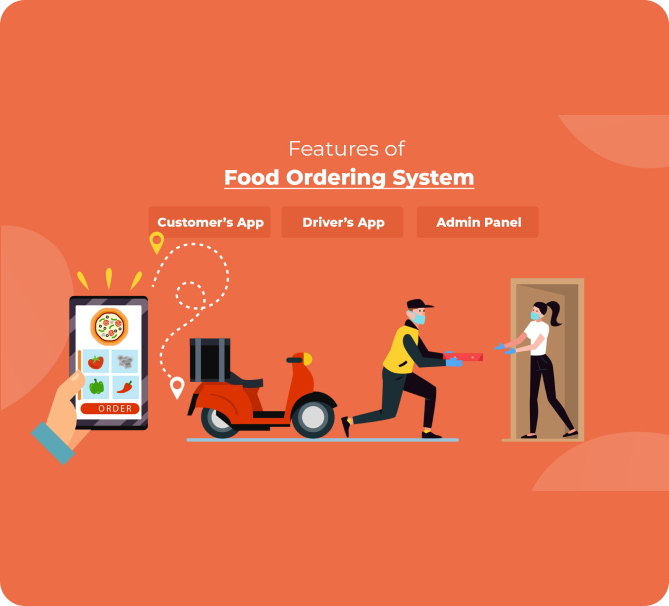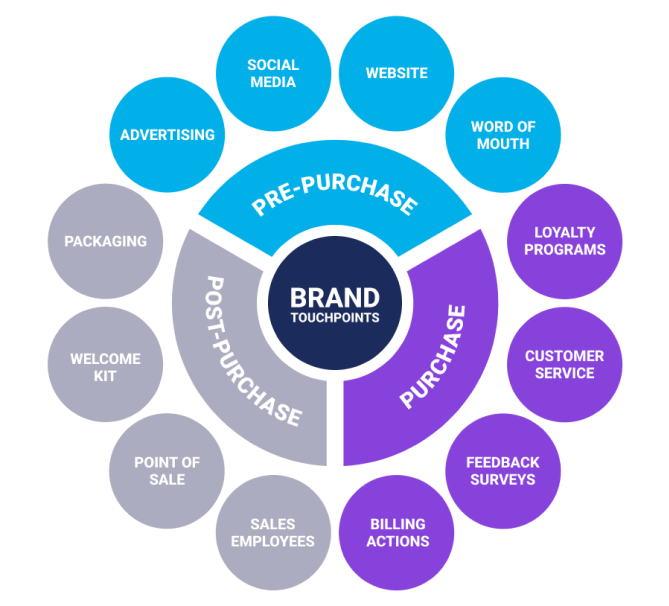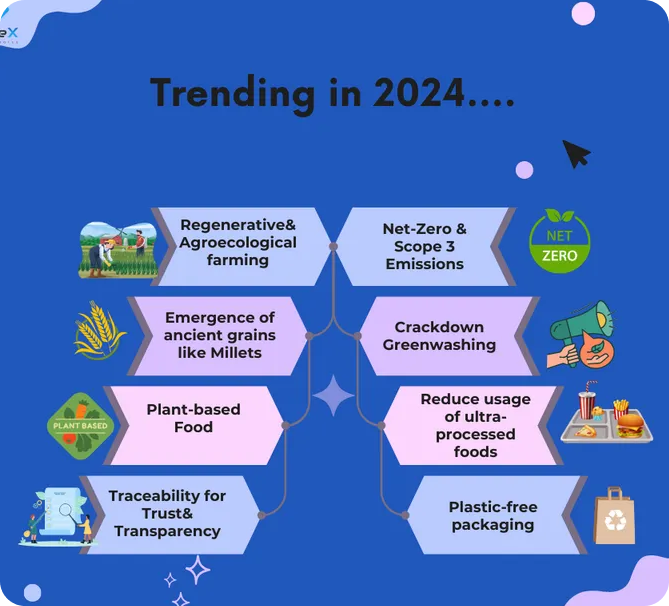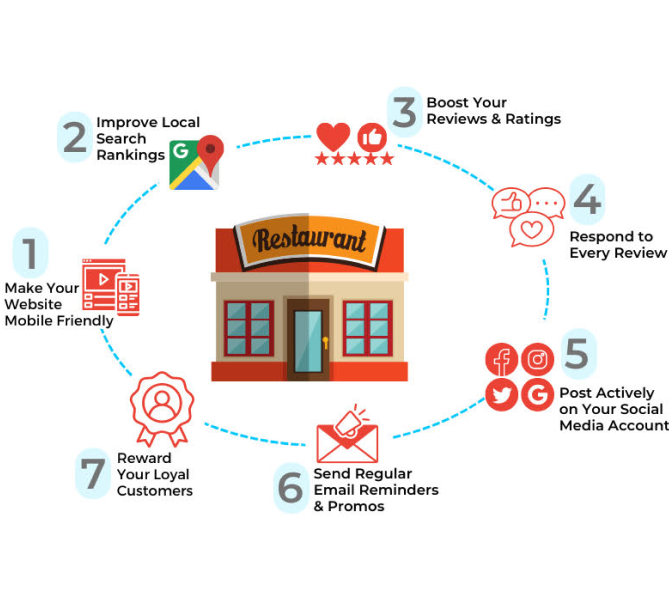How Restaurants Can Compete with online Shifting of Consumer and there Preferences
The restaurant industry is facing a rapid shift in consumer behavior as more people choose online platforms for food orders, delivery, and takeout. This shift, driven by convenience and a growing digital-first mentality, has created new challenges and opportunities for traditional restaurants. To remain competitive, restaurant owners must adapt their strategies to cater to these evolving preferences, while also leveraging technology to enhance the dining experience. In this post, we’ll explore practical ways restaurants can respond to this online migration and successfully compete in the new digital era.
1. Build a Strong Digital Presence
To compete effectively, restaurants need to establish a compelling digital presence that aligns with their brand and caters to the online audience. This involves more than just having a basic website—it’s about creating an engaging, interactive, and user-friendly online experience.
- Create an Attractive, Mobile-Responsive Website: Make sure your website is easy to navigate on both desktops and smartphones. Include a digital menu, contact details, and online ordering options prominently.
- Leverage Social Media Marketing: Platforms like Instagram, Facebook, and TikTok are ideal for showcasing menu items, sharing behind-the-scenes content, and promoting new offerings. Utilize high-quality images and videos to capture the attention of potential customers.
- Claim and Optimize Listings on Review Sites: Ensure your restaurant is listed on Google My Business, Yelp, and other review sites. Respond to reviews—both positive and negative—to show that you value customer feedback.
2. Adapt to Online Ordering and Delivery
Online ordering and delivery have become a core part of the restaurant industry. Customers expect a smooth, hassle-free experience when placing orders online. To meet this demand:
- Implement a User-Friendly Online Ordering System: Choose a system that is easy to use, integrates with your website, and provides real-time order updates. If possible, invest in a branded mobile app for even better customer engagement.
- Streamline the Menu for Delivery: Not every menu item is suitable for delivery. Create a specialized menu featuring items that travel well and maintain their quality when delivered.
- Offer Multiple Delivery Options: Partner with third-party delivery platforms like DoorDash, UberEats, or Zomato to reach a wider audience. For larger margins, consider offering in-house delivery to encourage customers to order directly through your website.
3. Embrace Loyalty Programs to Retain Customers
Managing online orders centrally is crucial for ensuring that orders are routed, prepared, and fulfilled correctly across all locations.
- Use a Unified Order Management System: Implement a cloud-based order management system that integrates with your POS, kitchen management, and delivery platforms. This system should provide real-time visibility into orders at all locations.
- Automate Order Routing: Use order routing software to automatically direct orders to the correct location based on the customer’s address. This reduces manual errors and speeds up the order fulfillment process.
- Monitor Order Metrics Across Locations: Track key metrics like average preparation time, delivery time, and customer satisfaction for each location. This helps identify inconsistencies and areas for improvement.
4. Stay Ahead with Innovation and Adaptability
The restaurant industry will continue to evolve, and staying ahead of trends is key to long-term success. Restaurants need to remain flexible and open to adopting new technologies and strategies.
- Monitor Industry Trends: Keep an eye on emerging trends like ghost kitchens, AI-driven marketing, and sustainability practices to stay competitive.
- Experiment with New Concepts: Test out new menu items, digital experiences, or marketing strategies regularly to see what resonates with your audience.
- Adapt Quickly to Customer Feedback: Use customer reviews and feedback to make quick adjustments to your offerings and improve the overall experience.
5. Offer Unique Digital-Only Experiences
Creating unique experiences exclusively for your digital audience can make your online presence more engaging and attract customers who value innovation.
- Create an Exclusive Online-Only Menu: Design a special menu featuring dishes available only for online orders to incentivize customers to use your digital platforms.
- Host Virtual Events: Conduct virtual cooking classes, wine tastings, or Q&A sessions with your chef to create a sense of community and keep customers engaged.
- Utilize Augmented Reality (AR): Use AR technology to let customers visualize dishes before ordering, or create interactive digital experiences around your brand.
6. Technology to Enhance Operations
Incorporating technology into daily operations can streamline processes, reduce errors, and provide a better customer experience.
- Implement a Cloud-Based POS System: A modern POS system can integrate with online ordering platforms, track sales, and manage inventory, providing real-time insights into business performance.
- Use AI and Automation: Consider using AI-driven tools for order management, chatbots for handling customer inquiries, or even kitchen automation for food preparation to reduce wait times and improve order accuracy.
- Invest in a Professional Online Ordering System: Use a reliable platform that integrates with your website and offers a smooth ordering and payment experience. Consider developing a branded mobile app if your budget allows.

Amit Lakahani
CEO & Founder of
Tryzen Solution

posts
followers
following
TryzenSolution
We help to create 🎁 E-commerce & restaurant owners to create website and application to 🚀 grow business 💻.









Other Important Blogs
-

how to avoid 3rd party delivery charge and i can my Save 25% Delivery Costs for my Restaurant.
-

how to avoid 3rd party delivery charge and i can my Save 25% Delivery Costs for my Restaurant.
-

How to Ensure Consistency in Online Orders Across Multiple Restaurant Locations
-

Creating a Unified Brand Experience: Connecting Your Restaurant’s Online and Offline Presence
-

How Technology is Shaping the Future of the and how Trends Redefining Restaurant Industry
-

Boost Your Restaurant’s Online Reputation: How to Ask for Reviews Without Sounding Pushy